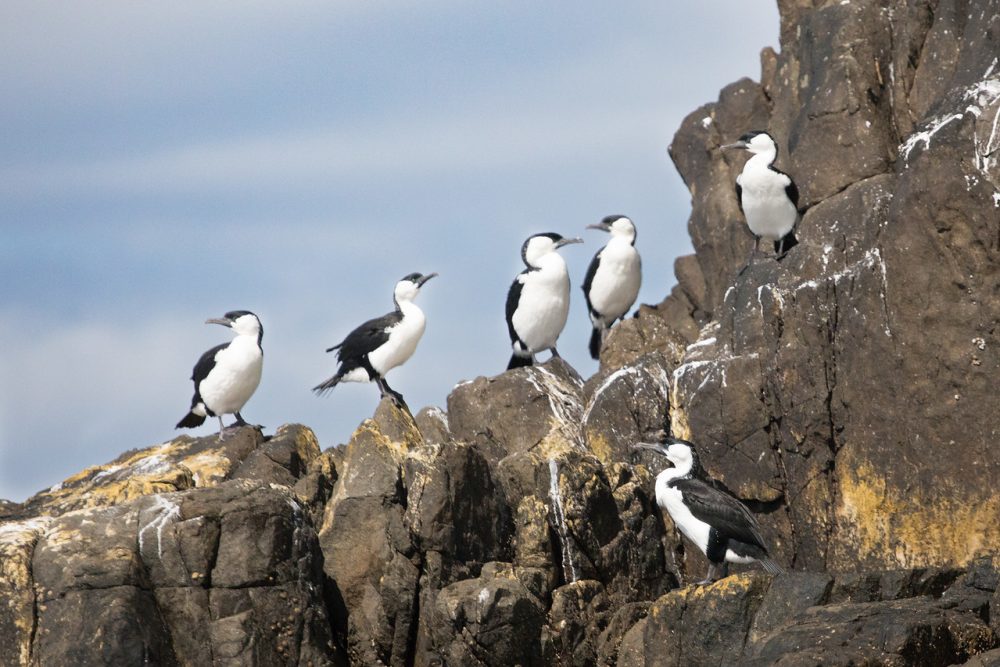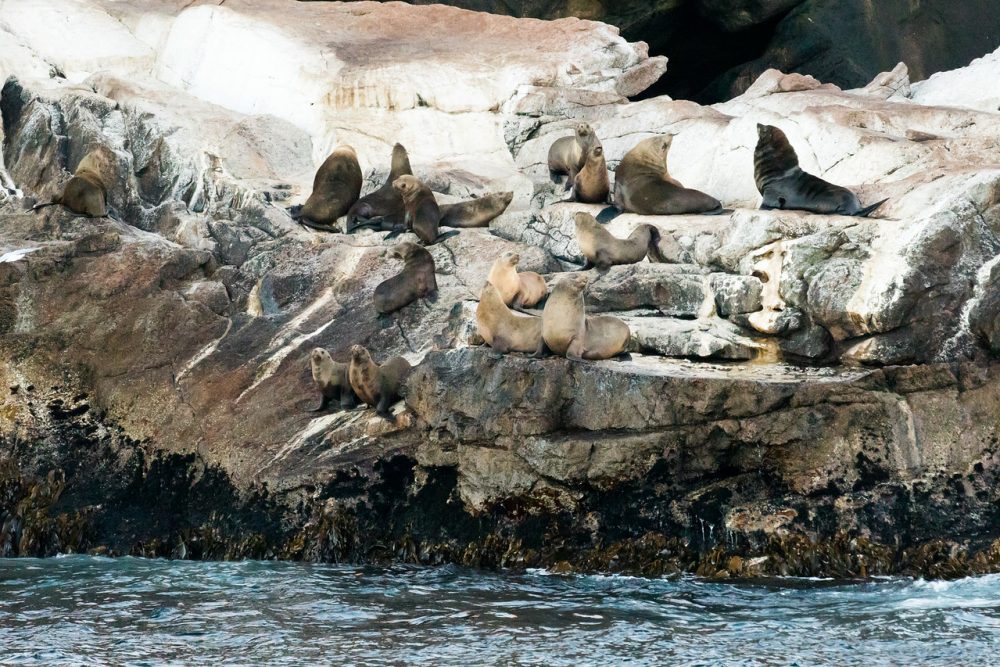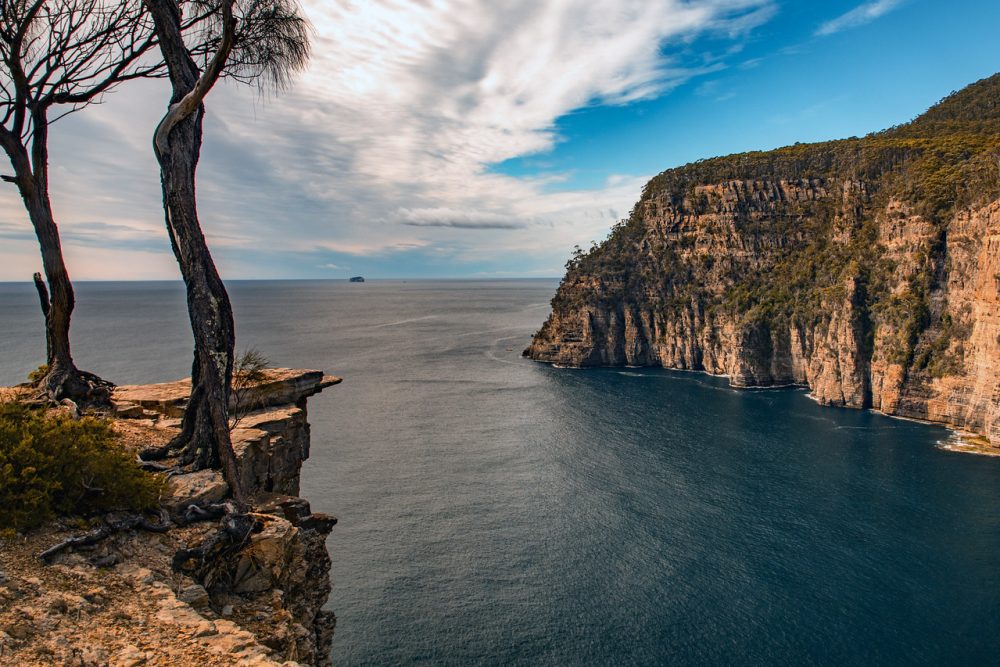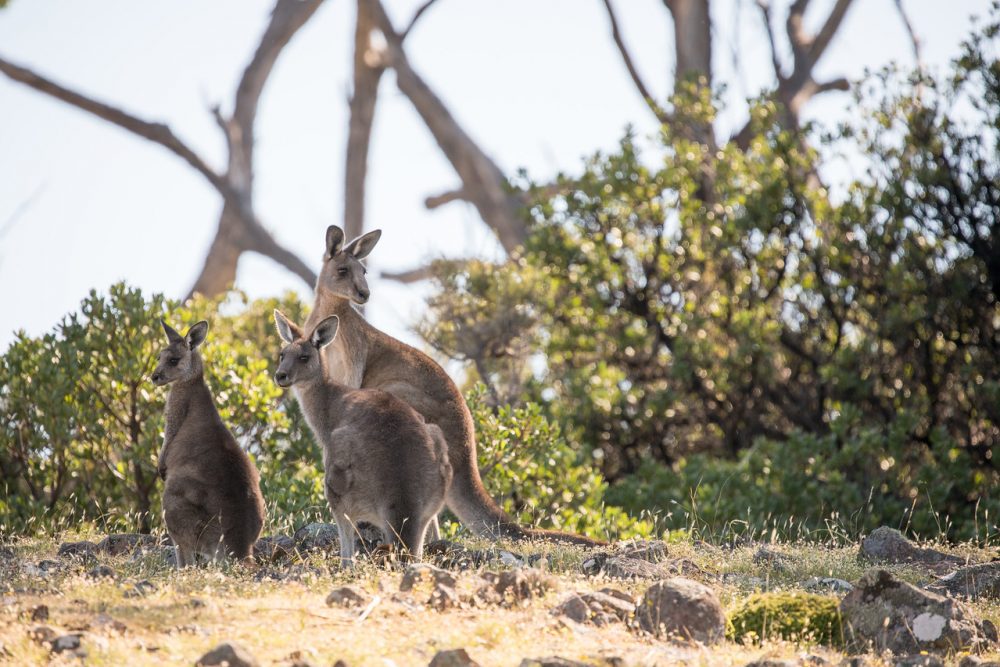Expedition cruising through Tasmania

What is expedition cruising?

What makes small boat, expedition cruising different from other types of cruising is how scheduling and port selection is done. While large cruise ships must stick to a strict schedule (you can’t just drop off thousands of people at random places), an expedition cruise has flexibility and redundancy built into its voyage plan. Yes, there is a rough itinerary, but since expedition cruise boats have relatively few passengers and are designed to sail where big ships cannot, they can make unscheduled landings to take advantage of unique opportunities or to avoid less than ideal situations.
And while a traditional cruise is largely designed around the onboard entertainment with an occasional stop on shore, expedition cruises are all about the destinations. Instead of having entertainment directors dominating the daily activities, expedition cruises have “expedition teams” with a team leader and a support staff of experts to provide context to the destinations. Our Coral Expedition cruise had, in addition to the team leader, Dave, two experts, Tom and Mike, who not only helped lead the shore excursions, they also gave lectures on everything from the local flora and fauna, to the history, geology, and archeology of Tasmania.
The Boat

By contrast with the 8,000 passenger behemoths, the boat we sailed on, the Coral Expeditions I, is a small, twin-hulled catamaran that accommodates a maximum of 46 guests in 25 comfortable cabins. My stateroom was larger than some Hong Kong apartments I have stayed in, with a private bath, a large wardrobe, a writing desk, two comfortable beds and a large picture window. There was plenty of room to unpack, spread out, and relax. Because she had been recently renovated and redecorated, the boat felt more like a boutique hotel than a cruising vessel. There was a forward lounge with panorama windows, comfortable sofas and arm chairs, and an eclectic library with books describing the boats cruising grounds and a variety of fiction and other non-fiction selections. At the rear was a sundeck where passengers gathered to sit in the wicker chairs, enjoy a few libations direct from the outdoor bar and watch life on shore.
The Coral Expeditions I design allowed us to get into small places that would be off-limits to bigger boats. We never got into any heavy seas, but she always felt stable and substantial. We did occasionally get into some swell between ports where I felt more comfortable sitting that walking around, but when the scenery (or seabird life) called for it, I didn’t hesitate to use the handrails to walk back to my cabin and grab my camera. When we were in port or repositioning in calm seas, you could almost forget that you were living on a boat were it not for the spectacular views of the nearby islands. The Coral Expeditions I operates on an “open bridge policy” which means I could go anytime and talk with “Captain Josh,” watch the ship’s operations and follow our progress on the modern navigation equipment. It was one of my favourite things to do en route.
Entertainment

There is no organised entertainment on board and Coral Expeditions, I think rightfully, takes pride in that. This encourages the guests to mingle and share their experiences and life stories with each other. There are board games available if you wish, and there is always breathtaking scenery. Each night either Tom or Mike, the resident experts, gave a presentation about upcoming sights, the area’s history, or presented a movie relevant to the voyage. Most people turned in early, tired from the day’s activities, but some would gather for evening cocktails and talk late into the night.
Excursions

The “Explorer” (both the name of the vessel and what it is used for) is a shallow-draft, flat-bottomed boat that rides on the stern of the ship between destinations. It is hoisted aboard, via a hydraulic platform, that brings it level to the ship’s main deck. You just step from the deck, straight into the explorer, and ride it down while it is lowered into the water. It is large enough to transport all passengers to shore at once, and it has a gangway at the front from which you can just step onto shore. No need to clamber aboard and, even with wet landings, I never got my feet wet. It had comfortable padded seats that came in handy on the few times were took it out sight-seeing, and there was a PA system so the guides could explain what we saw as we cruised past.
Crew

There were thirteen crew member on board to take care of us 22 passengers. Each crew member had their own particular duties, but you would see everyone pitching in to do whatever was necessary to make sure the passengers were well taken care of and comfortable. Every day our rooms were made up in the morning and turned down at night. There always seemed to be someone on hand to offer a glass of water or top up a cup of coffee as soon as you would think you might want it. They were professional, always in good cheer and you could tell that they loved doing their jobs.
Passengers

The backgrounds and life stories of the passengers were as varied as the scenery. There was a retired lobsterman and his wife from Melbourne, a psychologist, and his wife from New York, an engineer traveling with his wife from San Francisco; to name but a few. At 55 years old, I would guess that I was about the average age of my fellow explorers. There was one young girl who was 12, traveling with her grandmother, and there was a one very enthusiastic 90-year-old woman on, I think, her fifth voyage with. For many of the passengers, this was their third or fourth trip. One couple on board had even booked back to cruises with the company and were off to the Great Barrier Reef as soon as we docked in Hobart. What everyone had in common was a love of nature, a thirst for adventure and a craving for extraordinary experiences.
Food and Drink

As we first got underway, we were welcomed onboard with fresh Tasmanian oysters, local artisan cheeses, and some Australian bubbly on the rear deck. We then settled into the dining room for a veritable seafood buffet orgy of giant Tiger Prawns and baked Tasmanian Salmon. There were three different salads, several choices of vegetables, fresh bread and rolls and tiramisu for dessert. I went back for more prawns and salmon. Okay, I went back twice, but I couldn’t help myself.
Every day started with a continental breakfast complete with fresh fruit, muesli, a variety of bread – with different jams – cereals, and yogurt. Cooked eggs, ham, bacon and baked beans were available as well. There was freshly brewed coffee and a selection of teas at and juices at breakfast. There was also a fancy coffee machine available 24/7 to make a cappuccino or latte when the fresh brewed morning coffee was finished.
Each day we returned to the boat for a buffet lunch that was varied, everything from Thai Green Curry to Quesadillas, soups, cold cuts for sandwiches and many salads. For Australia Day, Chef Don prepared hamburgers and hot dog to go with the usual fare.
There were a few dinner buffets, but mostly the evening meal was a three-course dinner served by the crew. My only complaint about the cuisine, besides being repeatedly over served (by myself) at the buffets, was the lack of fresh seafood toward the end of the voyage. Everything was still of excellent quality and delicious – think roasted lamb and potatoes, pork roast with crackling and asparagus – but I still missed the fresh oysters, prawns, and salmon from the first days. This is forgivable considering that there are no replenishing stops.
Table wine and beer was included with dinner. There was always a drink special and sometimes canapes to snack on available in the afternoon. In addition to the typically Australian beers, there was a good selection of micro-brews that I hadn’t encountered before (Moo Brew Pale Ale was one of my favourites) and a variety of New Zealand and Australian wines.
Scenery

The food was delicious, the accommodations quite luxurious, the company of the fellow passengers was entertaining, the crew was friendly, competent and hard-working, the expeditions were interesting, but the real star of the experience was the scenery. Crystal clear waters, rugged highlands, lonely capes, and white sand beaches was the canvas. Colour the countryside with rare birds and mammals, wildflowers, and dense forests filled and you have a landscape you can never forget. Due to the shallow draft of the catamaran, we were able to inch close to shore and observe wildlife in ways that would be impossible from a larger vessel or on land. It was all a photographer’s dream, and I have to thank everyone for indulging me as I made photographs.
Conclusion

I have been transformed from not knowing what an expedition cruise was, into an enthusiast. Getting to out of the way places often presents some logistical challenges, but expedition cruising combines ease and luxury, with the capability of being able to truly experience, even if only briefly, destinations unsculpted by mass tourism. It was also refreshing to be able to meet so many fellow travel enthusiasts enjoying a mode of traveling I hadn’t experienced before.
Would you like to do an expedition cruise through Tasmania? Or perhaps you already have? Tell us all about it in the comments section below.
This post was originally published on Jonathan Look’s blog, LifePart2.com as “Is expedition cruising right for you?” and was shared with permission.








 Proudly Australian owned and operated
Proudly Australian owned and operated